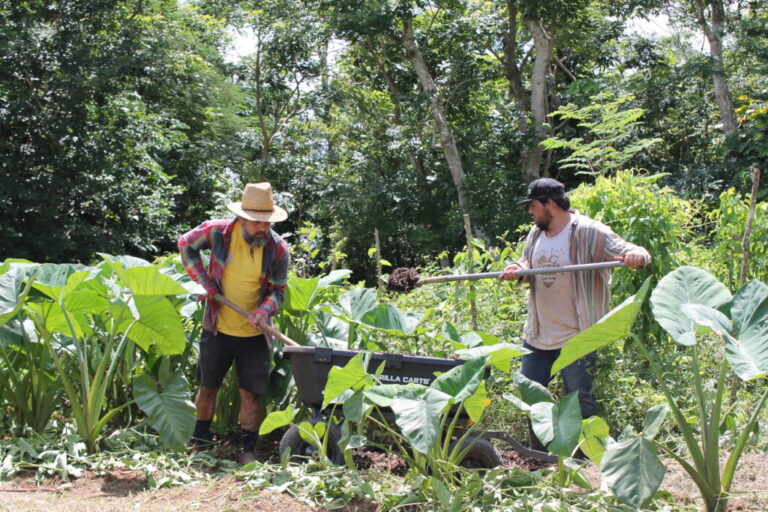Agriculture in Puerto Rico plays a supporting role in the economy but remains important for food security, cultural identity, and rural employment. Here’s a breakdown of the main aspects of agriculture in Puerto Rico:
Major Crops
- Plantains and Bananas
- Commonly grown for both local consumption and export
- Used in dishes like mofongo and tostones
- Coffee
- Grown in the central mountain regions (e.g., Yauco, Adjuntas)
- Once a major export, now regaining popularity with small specialty farms
- Sugarcane
- Historically the main export crop during Spanish and early U.S. rule
- Now very limited after industry collapse in the 1970s–80s
- Tropical Fruits
- Mangoes, papayas, pineapples, avocados, guavas, soursop (guanábana)
- Vegetables
- Peppers, onions, cucumbers, pumpkins (calabaza), and tomatoes
- Cacao (Cocoa)
- Growing interest in artisanal and specialty chocolate production
Livestock and Animal Farming
- Cattle – Mainly for dairy and some beef production
- Pigs and poultry – Raised for local consumption
- Goats and sheep – Minor livestock, mostly in rural mountain areas
Aquaculture & Fishing
- Limited but includes species like tilapia, lobster, and snapper
- Mainly small-scale and local; challenges include coastal development and climate change
Challenges in Puerto Rican Agriculture
- Hurricanes – Such as Maria (2017), which devastated crops and infrastructure
- Urbanization – Farmland has been reduced due to real estate development
- Imports – Over 80% of food is imported, limiting food self-sufficiency
- Labor shortage – Aging farmer population, with fewer young people entering the field
Recent Trends & Initiatives
- Agrotourism – Combining farming with tourism to attract visitors (e.g., coffee plantation tours)
- Organic & sustainable farming – Growing number of small farms using eco-friendly practices
- Food sovereignty movement – Encouraging local production to reduce dependency on imports
- Community gardens and urban farming – Especially in San Juan and other cities



